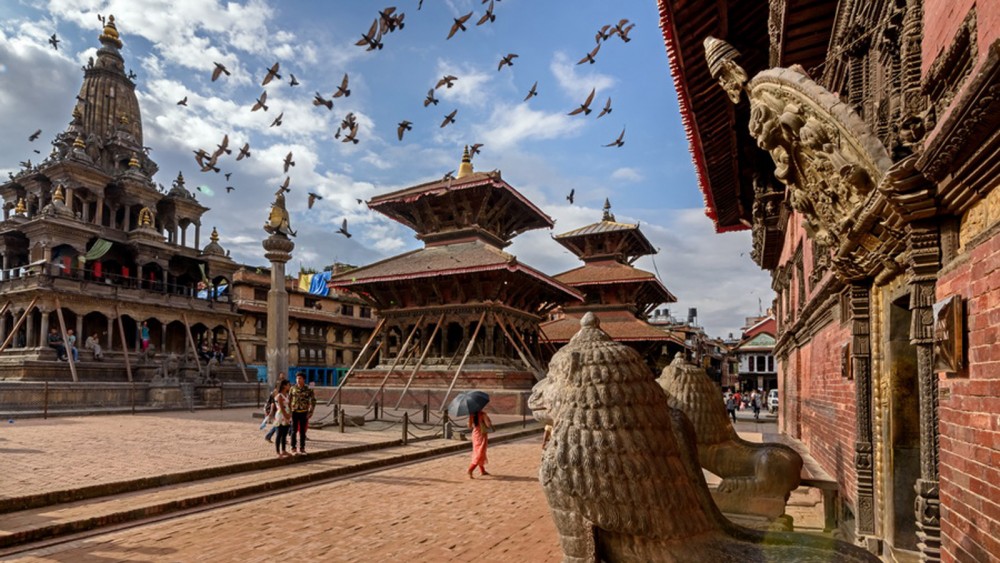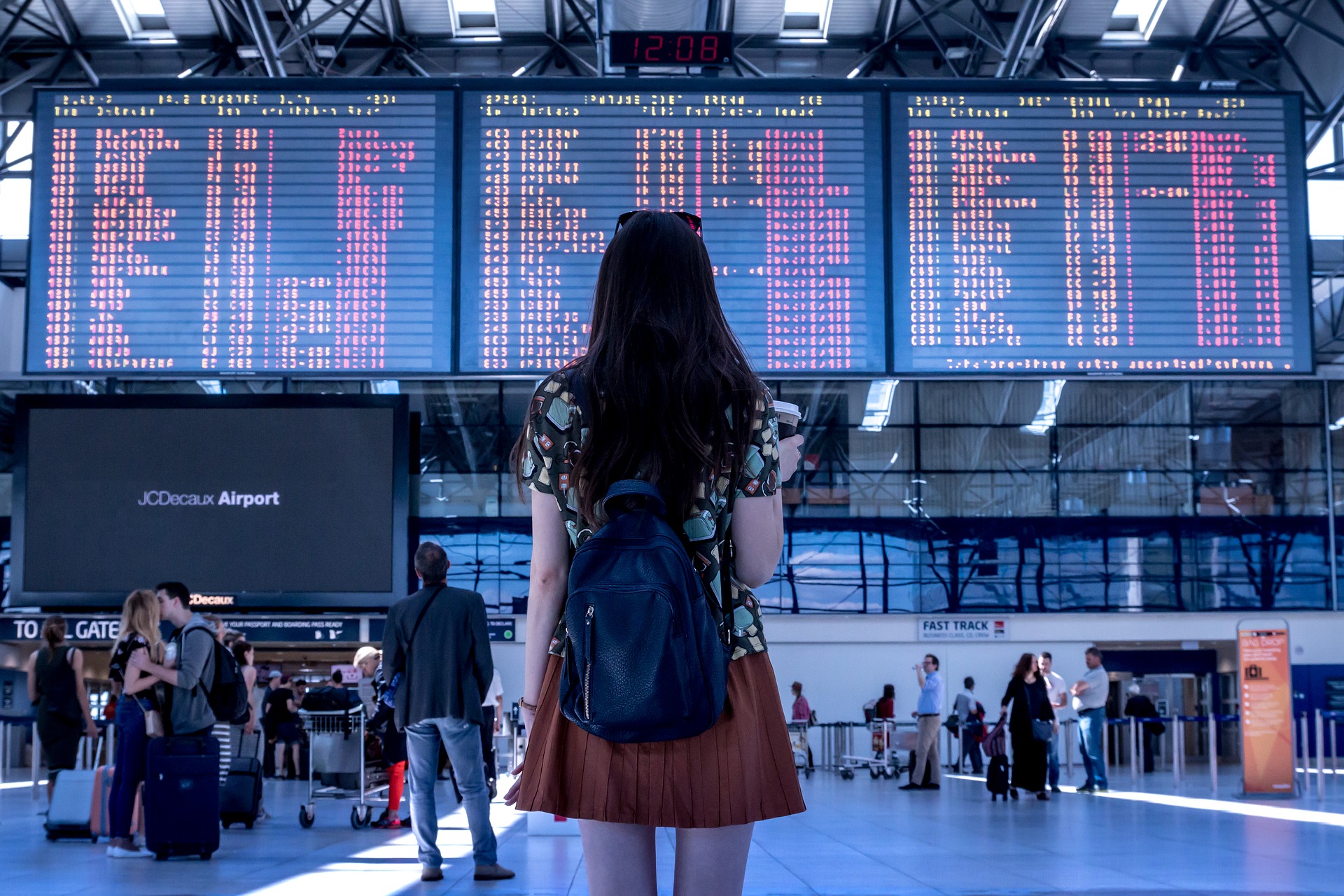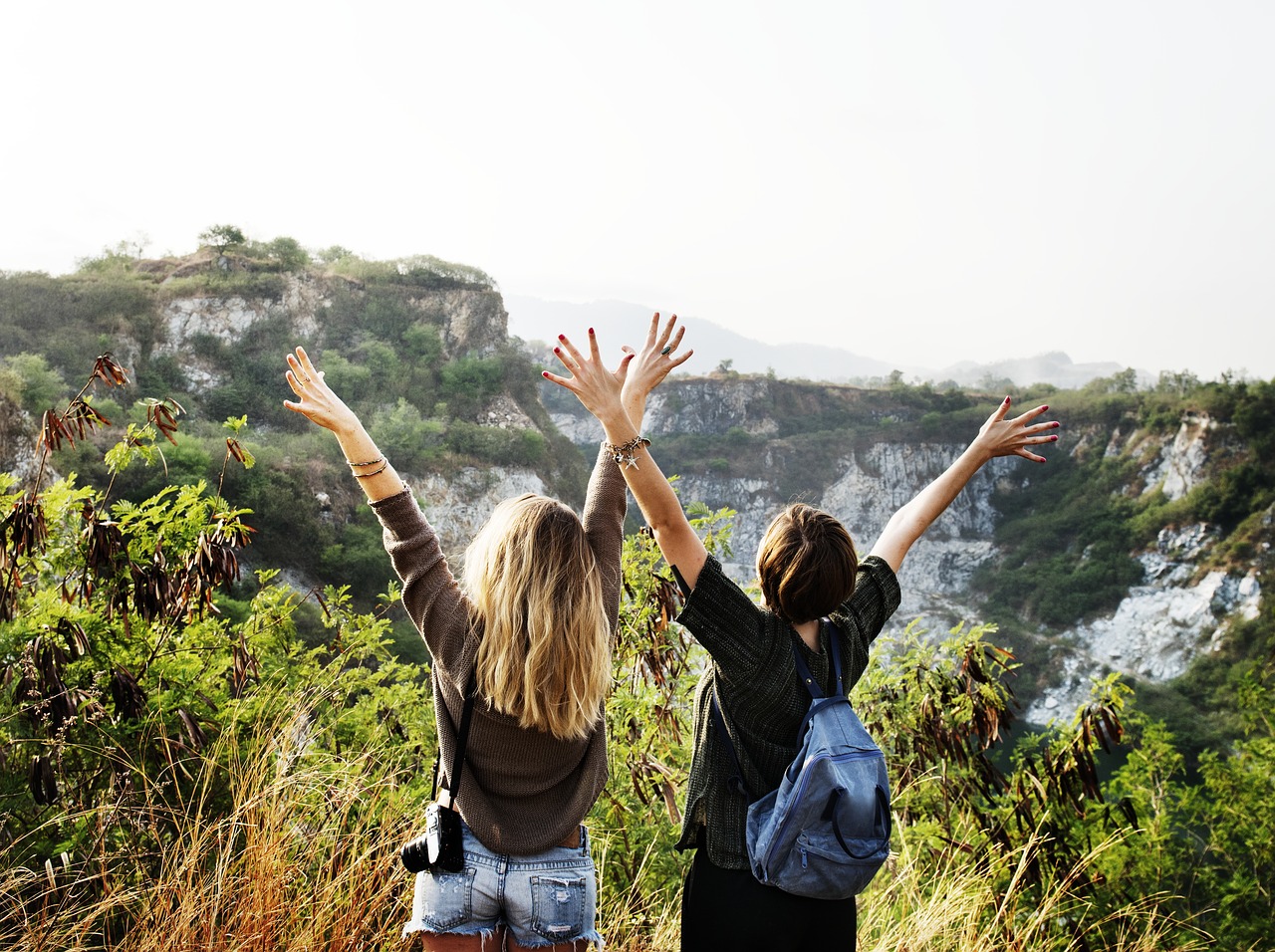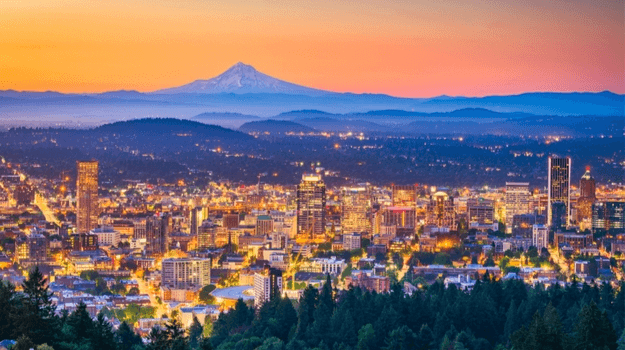Staying in Patan – Nepal

Staying in the city of Patan, Nepal is a much quieter and traditional alternative to the ultra touristic Thamel area of Kathmandu, where many tourists stay.
Coming to Nepal with the main objective of a trek, it was in Patan that we put our luggage before and after our beautiful adventure in the Lang Tang Valley, on the recommendation of Christophe, agency Azimut Nepal, which we organized our stay.
Table of Contents
Discover Patan – Nepal
Patan, from its Sanskrit name Lalitpur, “city of beauty”, is mostly Buddhist; it is famous for its Bahals, buildings with carved woodwork that are an integral part of Newars Buddhist monastic complexes. In the city, there are many stupas (Buddhist monuments), but also Hindu temples. The two religions cohabit in harmony and give Patan a great architectural richness. In short: we take full eyes as soon as we walk in one of its many streets!
Visit Patan – Nepal
- Patan can be visited by oneself, for example by following one of the two (or both, let’s be crazy) itineraries proposed by the Lonely Planet. Each of the walks is punctuated with points of interest and starts at the level of Durbar Square, the royal place with the exceptional concentration of temples.
- The entrance to Durbar Square costs 1000 Rp (ticket combined with the museum). This is quite surprising because there is no real entry, it is an open space, where many Nepali meet and talk on the steps of the temples. Tourists who missed the box office and wandered without realizing that they were already in Durbar Square (hello, that’s us,!) are quickly redirected to the ticket office to pay the entrance fee.
Once you have your little blue paper (and its string to hang it around your neck), you can walk freely around the square and visit Mul Chowk and Sundari Chowk, beautiful courtyards full of statues, stones, and stones. Of carved wood depicting deities.
- To discover the unusual and hidden places of old Patan, nothing beats the “Galli Tour” organized by Cozy Nepal.
We find our guide Prakash at his home in his beautiful traditional house Newar: Dhakhwa House. Hooked in the entrance, a newspaper box showing him with Prince Harry, whom he had the honor to visit his city after the earthquake of 2015, to revitalize tourism in Nepal. Camille, one of the founders of Cozy Nepal, laughs to us saying “it’s a great guide! ” And she is right.
Prakash tells us about the different communities that coexist in Patan, explains the different castes, stops in hidden courtyards, shows us where he grew up, and shows us carved windows or paintings with meanings. Special with him we visit the Kumari, the living goddess of Patan, who gives us his blessing in exchange for an offering (hence the red dots on our foreheads.).
We continue then to the Golden Temple, where Prakash is about to take the role of priest for a month! He will be accompanied by a high priest: a child under 12 who will fulfill this function before being replaced the following month.
In a nutshell, a tour of anecdotes, hidden places, and details that we would not have known alone, and that gave us the impression of better understanding the history and traditions of Patan.
Accommodation in Patan – Nepal
At the heart of Patan hides a small haven of peace: Cozy Nepal, a set of authentic and charming accommodations. The concept is to renovate old Newar traditional homes to provide comfortable accommodations, with a modern twist, while retaining the architectural heritage of Old Patan. The result is bluffing; we want to discover all the accommodations since they each have a unique style.
Demonstration in photos
We stayed in the Yatachhen House, located right in the historic center, yet quiet, hidden in a small courtyard. A common kitchen is available, as well as a washing machine, and it is possible to leave business while going on a trek. In short, everything is well thought out for the travelers, the front desk staff cannot do enough, and the bottom line is that it feels great.
Eat in Patan – Nepal
Right next to Cozy Nepal, at Swotha Square, is Café Swotha, where we particularly enjoyed the breakfasts. The Daal Bhat, a typical Nepalese menu of rice, lentils, and vegetable curry, is also super good, as is the restaurant located next door: The Patan Inn.
Cozy Nepal provides many other good addresses in the little guide they wrote and awaits every visitor upon arrival, including secret addresses that only locals know.
For a traditional experience, it is also possible to dine at Prakash (our guide!) And his wife Pramila, at the Dhakhwa house, and/or take a cooking class (to learn, for example, to make momos, Nepalese dumplings). – Information from Cozy Nepal
Also Read: Everest Region Trekking
The dinner is accompanied by Raksi, traditional rice liqueur made by the mother of Prakash (as he proudly showed us in his photo album). That Moroccans do not do too bad with their mint tea, the height at which Prakash served the liquor is equally surprising!
Getting to Patan – Nepal
After comparing different flights on Liligo.com, we opted for a trip with two stops, from Bordeaux (price: about 800 euros/person, during the high season). From Paris airport, it is possible to find flights with a single stopover, and less than 500 euros round trip per person!
The trick that must absolutely know: book seats on the left of the plane to arrive on Kathmandu from France (or the United Arab Emirates/stopover), and therefore on the right to leave, so as to see the whole Himalayan chain from your porthole!
From the easiest airport to get to Patan is to take a taxi or arrange a pickup with the accommodation you have booked.
To get to Patan by taxi from Thamel in central Kathmandu, it takes about 400 rupees.





